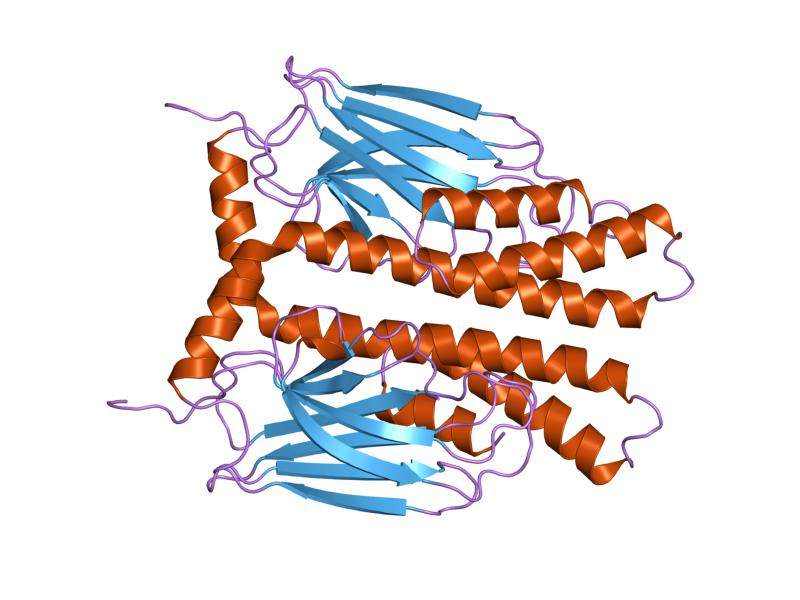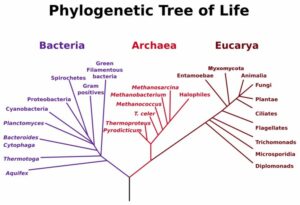Introduction
Bacteria can sense environmental changes and stresses and respond to them to maintain cell homeostasis. Heat shock proteins (Hsp)are key elements in the cellular response to stress. This scientific note will focus on Hsp70, an Hsp which is highly conserved across kingdoms.
Heat shock proteins (Hsp) were initially discovered as chaperones with a function in protein folding in response to stress. However, multiple functions in non-stress conditions have been described as well, like maintenance of protein conformation, regulation of intracellular protein localizationor avoidance of protein aggregation (Muga 2008). Different types of Hsp have been discovered, and they have been named according to their molecular weight.

Ultra fast temperature shift device for in vitro experiments under microscopy
Hsp70 chaperones don’t work alone:
They require their functional partners, the co-chaperones J protein and nucleotide exchange folder-NEF protein. In bacteria, DnaK is the Hsp70 chaperone, with an important role in protein refolding after stress. It works with the partners GrpE (nucleotide exchange factor) and DnaJ (J protein) and contains andATPase N-terminal domain (Schroder 1993). Additional chaperone systems composed by homologues to these 3 proteins have been described (Yoshimune 2002). In eukaryotes, multiple genes code for Hsp70 proteins whose functions are well specialized beyond protein folding, and different co-chaperones are known as well, with different partners contributing to specialized functions (Zuiderweg 2017).
Among the abiotic stresses bacteria can face during their lifetime, temperature is an important one. Bacteria are adapted to grow and thrieve at a range of temperatures, triggering heat shock stress responses upon exposure to heat and cold. Thermal adaptation, however, allows bacteria to grow at non-optimal temperatures. This is possible because the components of the Hsp machinery work as thermal sensors, allowing from a switch in functiondepending on the temperature (Muga 2008). Furthermore, thermophile and cryophile bacteria areadapted to extreme temperatures. Structural and functional studies of the Hsp70 (DnaK) in thermophile bacteria have shown how different structuralmodificationsare part of this thermal adaptation (Schlee 2002).
Given the important role of Hsp70 in protein and cell homeostasis, it is not surprising that these genes have been linked to multiple diseases, from cancer to neurodegenerative diseases. Indeed, a loss of function in the Hsp70 pathway leads to protein misfolding and protein aggregation, hallmarks of Alzheimer and Parkinson diseases. Therefore, the potential interest of targeting Hsp70 proteins for drug discoveryis enormous, rangingfrom anti-bacterial applications to human disease targeting(Patury 2009).
References
- Muga A., CurrProteinPeptSci. 2008 Dec;9(6):552-66.
- ZuiderwegER et al. Cell Stress Chaperones. 2017 Mar;22(2):173-189
- Schroeder H, EMBO J. 1993 Nov;12(11):4137-44.
- Yoshimune K. et al. BiochemBiophysRes Commun. 2002 May 24;293(5):1389-95
- Schlee 2002 Cell Mol Life Sci. 2002 Oct;59(10):1598-606.
- PaturyS., Curr Top Med Chem. 2009;9(15):1337-51.
FAQ
Heat shock proteins (Hsp) were first identified as chaperones. They had a function in protein folding in response to stress. Bacteria can sense environmental changes and respond to them to maintain cell homeostasis, and Hsps are main elements in this cellular response. However, multiple functions in non-stress conditions have also been described. These functions include the maintenance of protein conformation. They also help with the regulation of intracellular protein localization. Another function is the avoidance of protein aggregation. Different types of Hsp have been found. They have been named according to their molecular weight.
Hsp70 chaperones require functional partners to work; they do not work alone. These partners are the co-chaperones J protein and the nucleotide exchange folder-NEF protein. In bacteria, the Hsp70 chaperone is DnaK. It has an important part in protein refolding after stress. DnaK works with its partners, which are GrpE (a nucleotide exchange factor) and DnaJ (a J protein). The DnaK protein also contains an ATPase N-terminal domain. In addition to this system, other chaperone systems that are composed of homologues to these three proteins have also been described in bacteria.
Temperature is an important abiotic stress that bacteria can face. Bacteria are adapted to grow at a certain range of temperatures. They trigger heat shock stress responses when exposed to heat and cold. The components of the Hsp machinery are able to work as thermal sensors. This capability allows for a switch in function depending on the temperature. Because of this, thermal adaptation allows bacteria to grow at non-optimal temperatures. Furthermore, thermophile and cryophile bacteria are adapted to live in extreme temperatures. Studies of Hsp70 (DnaK) in thermophile bacteria have shown that different structural modifications are part of this thermal adaptation.
Hsp70 has an important function in protein and cell homeostasis. It is not surprising that these genes have been linked to multiple diseases, ranging from cancer to neurodegenerative diseases. A loss of function in the Hsp70 pathway can lead to protein misfolding and protein aggregation. These two conditions are known as hallmarks of Alzheimer’s and Parkinson’s diseases. For this reason, the potential interest in targeting Hsp70 proteins for drug discovery is considered very large. Applications for such drugs could range from anti-bacterial uses to targeting human diseases.




